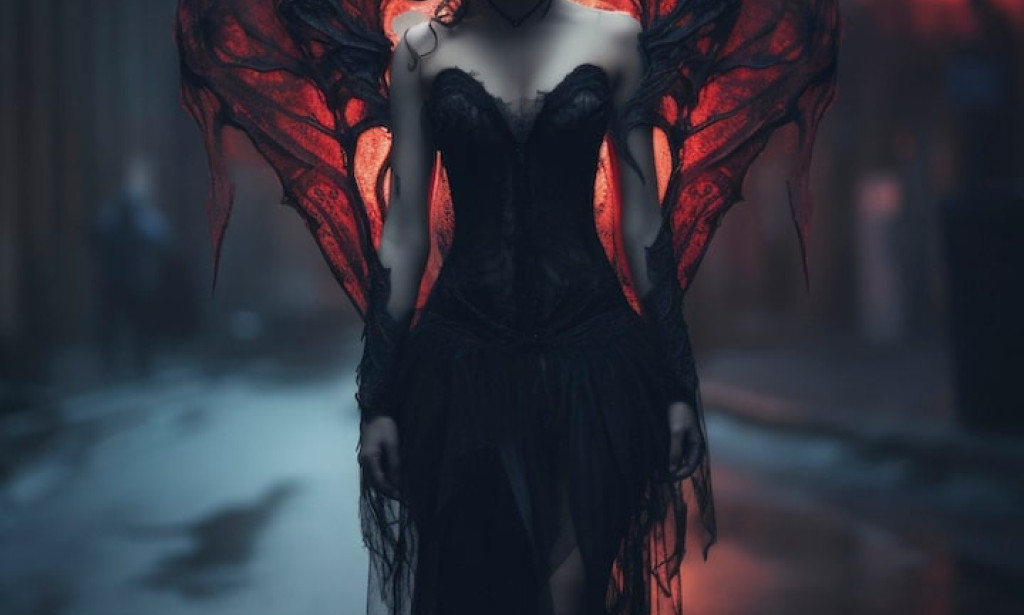Is There Any Truth to the Existence of the Fae?
 FAE DEMON 👿👿
FAE DEMON 👿👿
It began as a simple curiosity while I was writing my novel Twiny Demon, a story about snake demons and the fae. But curiosity is a dangerous thing—one question always leads to another. Could the fae, those shimmering figures of legend, really be nothing more than myths? Or is there some truth hidden in the countless tales whispered through the centuries?
Who Are the Fae?
Fairies—also known as fay, fae, fair folk, or faerie—appear in the folklore of many European cultures. Far from the tiny, winged sprites of children’s cartoons, they were described as powerful beings with supernatural qualities. In Celtic, Slavic, Germanic, and French traditions, they appear in many forms: some dazzlingly beautiful, others terrifying, and many as tricksters who thrive on bargains with mortals.
What unites these stories is not sweetness, but strangeness. The fae embody the mystery of the unseen—spirits that defy human rules and bend the natural world to their will.
The Fair Folk—And Why We Fear Them
People rarely called them “fairies” in old stories. Instead, they spoke in whispers, calling them The Good Neighbours, The Kind Ones, or The Wee Folk. Why? Because saying their true name was believed to invite their gaze—and their attention was dangerous.
Accounts describe fae laughter like the screech of a hawk, faces so sharp they could blind, and a chilling habit of stealing children or luring mortals into their realm. They offered bargains, but the cost was always steep—too steep for any but the desperate.
These were not the playful companions of bedtime stories. They were power itself: unpredictable, enchanting, and perilous.
Myth or Memory?
Skeptics argue that the fae were simply a way for ancient people to explain the unexplainable. Strange lights in the forest? Faerie fire. A child gone missing? Taken by the fair folk. Sudden fortune or disaster? Surely, the fae were involved.
But what if these weren’t just “stories”? Nearly every culture has tales of beings like the fae—spirits, djinn, yokai, tricksters, and guardians of hidden realms. Could so many different peoples across the world all imagine the same kind of creature? Or are they all remembering the same truth in different ways?
The Door Between Worlds
One of the most haunting parts of fae folklore is the belief in “thin places”—spots where the veil between worlds is fragile. Ancient stone circles, deep forests, and moonlit lakes were said to be doorways where the fae could cross into our world.
If that’s true, then perhaps the fae were never just inventions of imagination. Perhaps they still linger, just out of sight, waiting for those who dare to believe.
Final Thoughts
Whether the fae are nature spirits, echoes of forgotten gods, or simply symbols of our need for mystery, one thing is certain: their stories endure. And endurance itself may be a kind of proof. For what are myths, if not truths wrapped in shadows?
So, is there any truth to the existence of the fae? That depends not on evidence, but on whether you dare to look into the dark woods—and listen for laughter that doesn’t quite sound human.
Stay tuned, because in my next exploration, I’ll be uncovering another legend that fascinated me during my writing: the snake demons.

You must be logged in to post a comment.